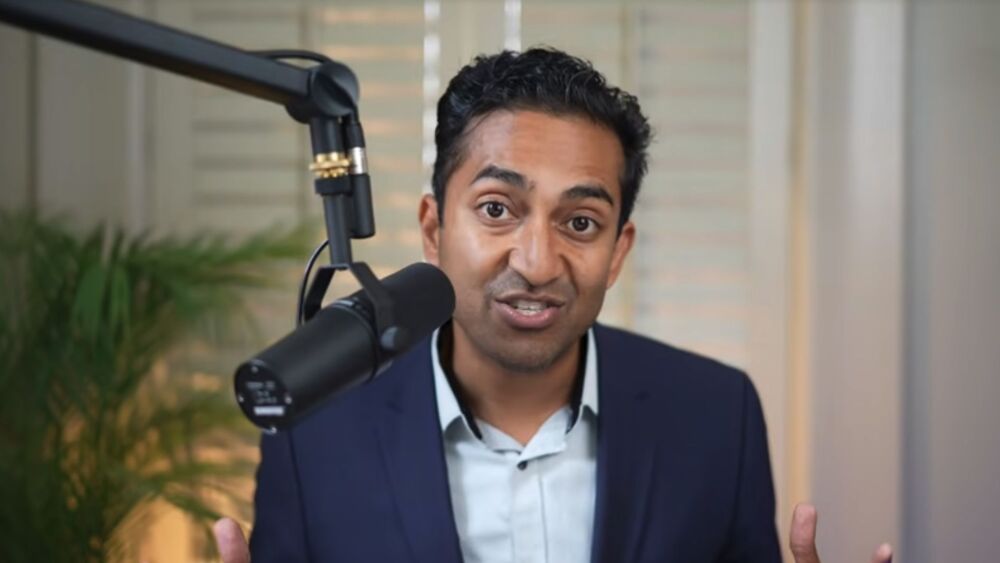Eli Lilly’s orforglipron cut body weight to a lesser extent than rival Novo Nordisk’s semaglutide, falling into analysts’ bear scenario for the oral med. Executives brushed off the concerns and said the drug will still have a wide advantage on the market.
The late-stage results for Eli Lilly’s highly anticipated next-gen oral obesity asset orforglipron didn’t quite meet the mark for analysts’ expectations.
The drug achieved average weight loss of 12.4%, slightly below the 13.7% attributed to an injectable version of Novo Nordisk’s blockbuster semaglutide in the SURMOUNT-5 study. Lilly revealed the results from the ATTAIN-1 study on Thursday, in conjunction with its second-quarter earnings report.
The slight miss will throw a bone to Novo, which has fallen from the pole position in the obesity leadership race, BMO Capital Markets said Thursday morning. Lilly’s shares declined more than 7% in pre-market trading to $689.48. Novo’s, meanwhile, jumped 10% to $50.36—a welcome rally after a tough month.
Truist Securities agreed that the results provide an opening for other companies, noting that the data support approval but “leaves room for competition.”
Ken Custer, president of Lilly Cardiometabolic Health, dismissed analyst concerns about the data during the company’s second-quarter earnings call on Thursday. He heralded “the idea that you can get 27 pounds of weight loss from a single pill.” Custer was also pleased with the drug’s effect on blood pressure, lipids, inflammatory biomarkers and fasting glucose. These are all markers that healthcare professionals deal with when managing preventative care for patients.
“Now you’re getting that all from a single oral pill, that we can manufacture at scale,” he said. “We also know that simplicity matters in this space, and the instructions for use here are going to be pretty simple. Take it once a day, without regard to food and water.”
Lilly is also hoping to bolster the market case for orforglipron in indications like sleep apnea, diabetes, and as a maintenance therapy in weight loss.
Custer expects an approval application to be filed for orforglipron by the end of the year, with an approval to follow next year.
A Bear Scenario
The release marks the first Phase III data for orforglipron, which many analysts have seen as the frontrunner of an overcrowded pack of next-generation obesity assets. The study featured 3,127 adults who had obesity or were overweight with a weight-related medical problem but not diabetes.
At 72 weeks, all three dose groups met the primary endpoint of superior body weight reduction compared to placebo. 36 mg, the highest dose, elicited 12.4% weight loss, while a 12 mg dose netted 9.3% weight loss and 6 mg led to –7.8%. The placebo group achieved 0.9% weight loss, or 2.2 pounds. The study also met all key secondary endpoints; on one, nearly 60% of participants on the highest dose lost at least 10% of their body weight and nearly 40% lost at least 15%. The drug was also associated with a reduction in cardiovascular risk, an indication for which Lilly’s Zepbound has FDA approval.
The tolerability profile did not impress BMO, with higher rates of nausea, vomiting and diarrhea than expected. In the high dose group, 10% of participants discontinued due to adverse events, with overall discontinuations reaching 24%. This could still be a manageable tolerability profile, however, BMO noted. The firm also added that patients who are overweight or have obesity typically have higher rates of gastrointestinal challenges when taking a GLP-1 as compared to those taking them for diabetes alone.
Lilly said the tolerability profile matched the GLP-1 receptor agonist class and that the adverse events were generally mild-to-moderate in severity. Providing some more context on the earnings call, Lilly Chief Scientific Officer Dan Skovronsky said the side effects generally occurred earlier in the study and tapered off later on. There were no specific patient characteristics that stood out in the safety data.
Skovronsky said the results are “as good as it gets” for a GLP-1 on its own, particularly an oral medicine. Lilly is testing other combinations and mechanisms that may provide superior results should patients be looking for them.
“This is what GLP-1 agonism can give you. I don’t see this as any issue at all in the real world or for patients or doctors,” Skovronsky said. “I know Wall Street is kind of focused on the exact numbers here and making cross trial comparisons but I don’t think that carries over to the real world at all.”
Orforglipron would be the second oral weight loss drug to make it to the FDA after a fierce clinical battle that has seen peers like Pfizer and Amgen falter. Novo Nordisk submitted a new drug application for an oral formulation of its weight loss blockbuster Wegovy in May. Novo is expecting a decision by the end of the year.
Truist expects $14.7 billion in peak sales for orforglipron, even with the lackluster readout. The company has first-mover advantage in the oral weight loss space, but there are many competitors waiting in the wings, from Roche to Viking Therapeutics to Lilly’s fellow weight loss leader Novo.
“Overall, this falls into our bearish scenario,” BMO concluded.
Further data from the Phase III study will be presented at the European Association for the Study of Diabetes (EASD) Annual Meeting 2025 next month. Lilly will also release new data from the ATTAIN Phase III obesity program later this year, plus results from the late-stage ACHIEVE program for type 2 diabetes.
Editor’s Note: This story was updated at 10:39 a.m. ET on August 7 to add additional commentary from Eli Lilly’s second quarter earnings call.
Correction (Aug. 7): An earlier version of this story said that orforglipron would be the first oral weight loss drug submitted to the FDA. In fact, the regulator accepted a new drug application for an oral formulation of Novo Nordisk’s Wegovy in May. Novo is expecting a decision by the end of the year.






